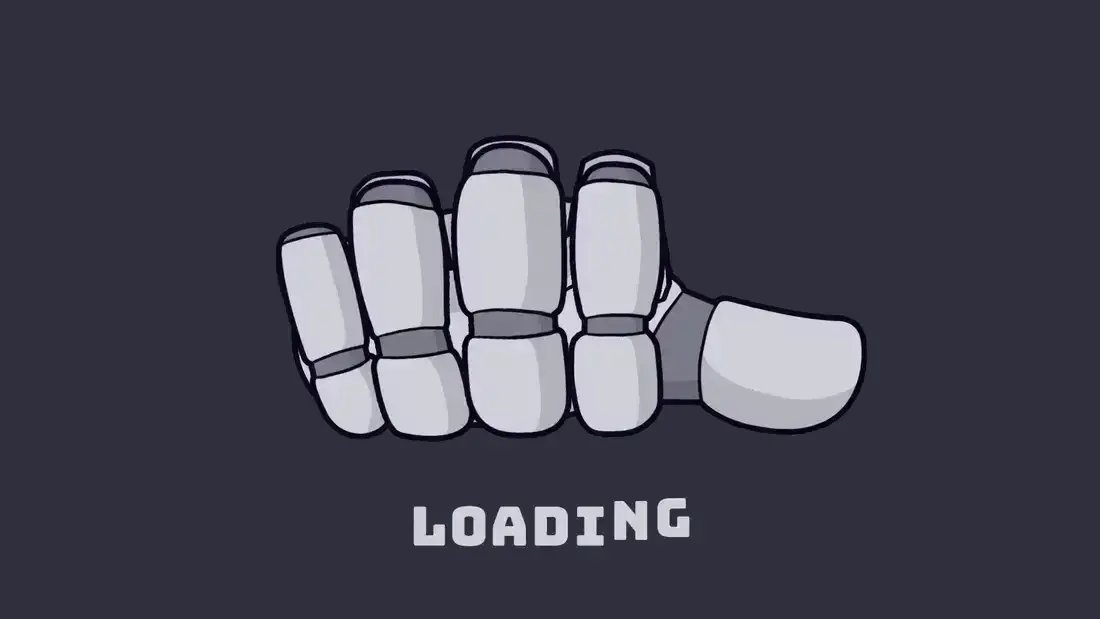▼ Most saved
Visus.ai
Free mode
100% free
Freemium
Free Trial
Other tools
-
1,356203275Released 11mo ago100% Free
-
401202153Released 1y ago100% Free
-
1457662Released 4mo ago100% Free
 Stephanie Santiago🛠️ 2 tools 🙏 107 karmaJul 17, 2025good for wallpapers, pretty fast tho.
Stephanie Santiago🛠️ 2 tools 🙏 107 karmaJul 17, 2025good for wallpapers, pretty fast tho. -
48172103Released 1y ago100% Free
- Spotlight: Jason AI (Sales)
-
2666761Released 9mo ago100% Free
-
 Transform dreams into actionable goals with AI coachingOpen2156051Released 7mo ago100% Free
Transform dreams into actionable goals with AI coachingOpen2156051Released 7mo ago100% Free -
49149167Released 1y ago100% Free
-
3034751Released 11mo ago100% Free
-
1424323Released 9mo ago100% FreeI like the creative encouragement I feel when using this app. It's awesome thank you
-
712322Released 1mo ago100% Free
-
2362361Released 11mo ago100% Free
-
2672156Released 1y ago100% Free
- Didn't find the AI you were looking for?
-
812028Released 1y ago100% Free
-
551517Released 4mo ago100% Free
-
2171351Released 11mo ago100% Free
-
144118Released 6mo ago100% FreeArtist Tips for Better Results with Somnira Canvas: To help Somnira Canvas render the most compelling and emotionally resonant figures—whether human or animal—users are encouraged to guide the tool with poetic, suggestive phrasing rather than highly technical descriptions. This helps maintain harmony with the platform’s expressive strengths. For human figures, try emotion-based posture phrases like “curled in sorrow,” “reaching toward a fading light,” or “kneeling in wind.” Favor mood-based modifiers over anatomical specifics, such as “a silhouette bathed in dusk” or “a quiet figure in motion blur.” For animals, use mythic or metaphorical phrasing like “a fox made of stars,” “a deer outlined in frost,” or “a lion woven from dusk and gold.” Avoid strict biological realism unless intentionally stylized (e.g., “cubist owl,” “ink-drawn heron”). Best practices include specifying camera perspective or body angle with terms like “3/4 view,” “top-down shot,” or “over-the-shoulder,” and adding atmospheric cues such as “drifting in chalk mist,” “outlined by candlelight,” or “carved in shadow.” You can also add emotion-based tags directly into the prompt—words like “longing,” “grief,” “stillness,” or “wonder” will guide the aesthetic and expressive qualities of the final artwork.
-
 Open24910Released 5d ago100% Free
Open24910Released 5d ago100% Free -
171929Released 11mo ago100% Free
-
4773Released 6mo ago100% Free
-
5859Released 10mo ago100% Free
-
109529Released 10mo ago100% Free
-
3543Released 9mo ago100% Free
Post



